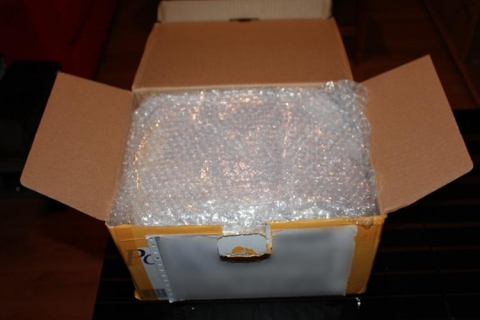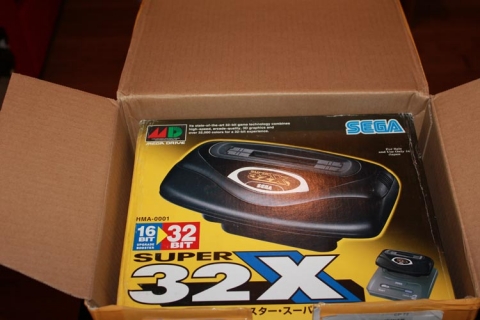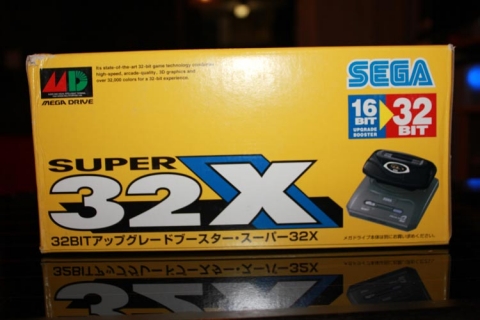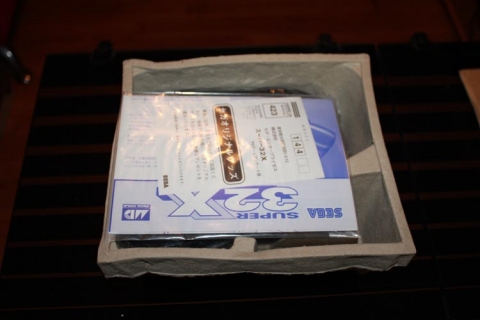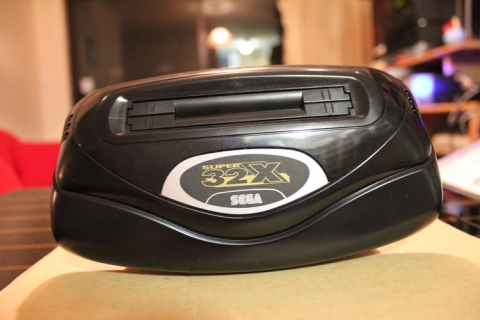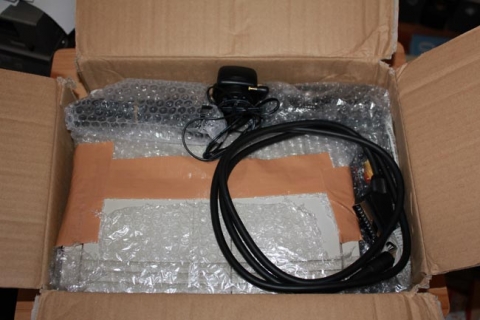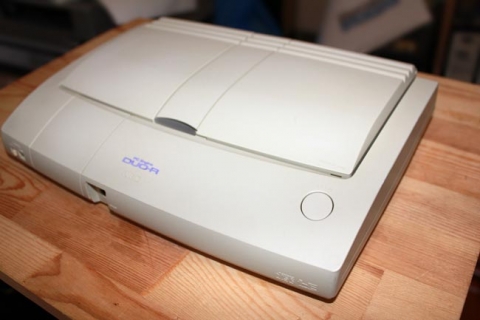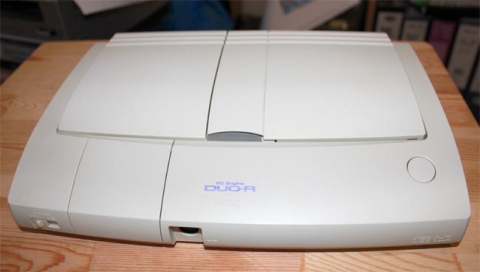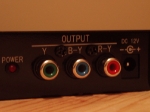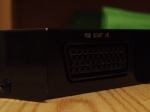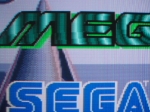Unboxing a brand new Sega 32X!
Thanks to a tip from a fellow gamer (Hi Frank!), I have recently taken possession of a brand new Japanese 32X!!
The box was actually in very good condition given the age of the hardware, with only a few creases and dents here and there. Everything inside was brand new and complete – 32X console with the spacer (required for hooking it up to a Sega Mega Drive 2), AV-out cable, AV-in cables (including the Sega Mega Drive 1 converter cable), AC adapter (not of much use since it’s Japanese and runs on 110v) and manual. Oh, and all the original cardboard inserts, too.
As much as the 32X was much-maligned, I still have a soft spot for it. There were a handful of interesting games on the console, and back in 1994 I remember being pumped about the machine. I never ended up getting one though, as I couldn’t afford it at the time. I do remember the local Big W were clearing them out for $20 a pop in 1996, but I couldn’t get a lift from someone to get me to the nearest store in order to buy one and ended up using the money to buy something more useful. Hopefully. At that stage I would have started gaming on the SNES and was possibly starting to save for a Saturn. So, let’s assume I did something useful with that $20. I might have even used it for some gaming at Timezone Meridian. Timezone is now a shell of its former self. Here’s the Wikipedia page. It fails to mention Timezone Meridian, even though it was a building full of amazement in the 90s. Even Archive.org only goes back to 2001; would love to see some earlier archives.
Anywho, to share the love I thought I’d post an unboxing (click any of the images for a larger view with comments):
🙂
Now all that’s left is to grab an AC adapter to suit, an RGB cable to hook my machine up to my transcoder and some games. Can’t wait!
